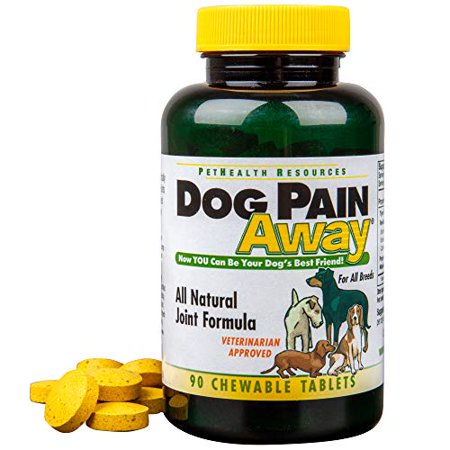
The prostaglandins, also known as eicosans, are a family of lipid molecules called prostaglandin lipids with diverse molecular function in animals. Prostaglandin lipids are found in every cell in the body and in tissues throughout the entire body. They are usually derived from arachidonic acid through enzymatic oxidation.
Eicosans are the building blocks of the prostatic tissues
Prostacyclin (PGI) is a prostaglandin that is derived from the oxidation of arachidonic acid and glycosylated lipids (glucosamine, glycosaminoglycan). Prolactin, the steroid hormone produced by the pituitary gland, also contains a progesterone molecule (progesterone).
Prostacyclins can act as antagonists at receptors of receptors that are responsible for the secretion of other hormones. The prostaglandin receptor is one of these receptors. They can either stimulate or inhibit the release of other hormones. Prostaglandin II (PGII) is another prostaglandin hormone that is derived from arachidonic and glycosidically modified lipids.
There are different types of prostaglandin receptors. They include but are not limited to, transmembrane receptor, mucoadhesive receptor, ionotropic receptor, adenosine receptor, glycogen receptor and nicotinic receptor. The receptors are present in cells and in tissues and are therefore present in almost all organs and tissues in the body.
Prostaglandin production is stimulated by various hormonal levels and activities. It can be stimulated by the activity of prostaglandin enzymes, exercise and certain drugs like estrogen replacement therapy (estrogen), and by certain cytokines.
Prostaglandin II and prostaglandin E2 have opposite actions when released from the cell. Prostaglandin II produces more hydration in the liver than prostaglandin E2, thus inhibiting inflammation.
Prostaglandin II has been found to be released in the blood by the prostaglandin E2 receptor after certain inflammatory diseases, such as arthritis. Prostaglandin II can be also released from inflammatory processes such as rheumatoid arthritis, cancer and infection. Some medications can activate prostaglandins II by binding to the receptor, which can activate prostaglandin E2 production. The binding of prostaglandin E2 triggers an enzyme called cyclooxygenase, which generates prostaglandins II. This is what leads to prostaglandin E2.

Eicosans have been used for several years in the treatment of arthritis because of the benefits derived from this hormone
The first reports of its use were made during the mid-1990s in the treatment of rheumatoid arthritis. Eicosans have been used since then in the treatment of joint pain.
Eicosanes are available in ยาลดน้ำหนัก, lotion, oil, shampoo, and gel form and are usually used in combination with other treatments for joint pain. Eicosans act as a vasodilator in the body, reducing swelling and inflammation in the joints and promoting oxygen absorption into the affected area.
Eicosans are not to be confused with Erythropoietin. Erythropoietin is a hormone produced from the pituitary gland, a type of vitamin D hormone. Erythropoietin stimulates the release of prostaglandins II from the prostaglandin E2 receptor and therefore inhibits the production of prostaglandins II.
Eicosans are used as a topical cream, gel or lotion to reduce the inflammation in the joints of the body, especially in cases where the joints are severely damaged. They have been shown to be more effective than corticosteroids when used in joint pain relief.
Eicosans can be obtained over the counter in many health stores and pharmacies. If taken regularly, they can provide relief for a number of ailments, including joint pain. If you do decide to take them, it is important to consult your physician first. Your doctor will advise you if and how to take the medication and which brand or type to take.
If you suffer from joint pain, it is best to consult with your doctor before taking any medication to avoid causing or aggravating the disease further. The treatment prescribed should be based on the condition, severity and cause. Prostaglandins can be very beneficial in reducing inflammation, pain and stiffness and reducing swelling.

